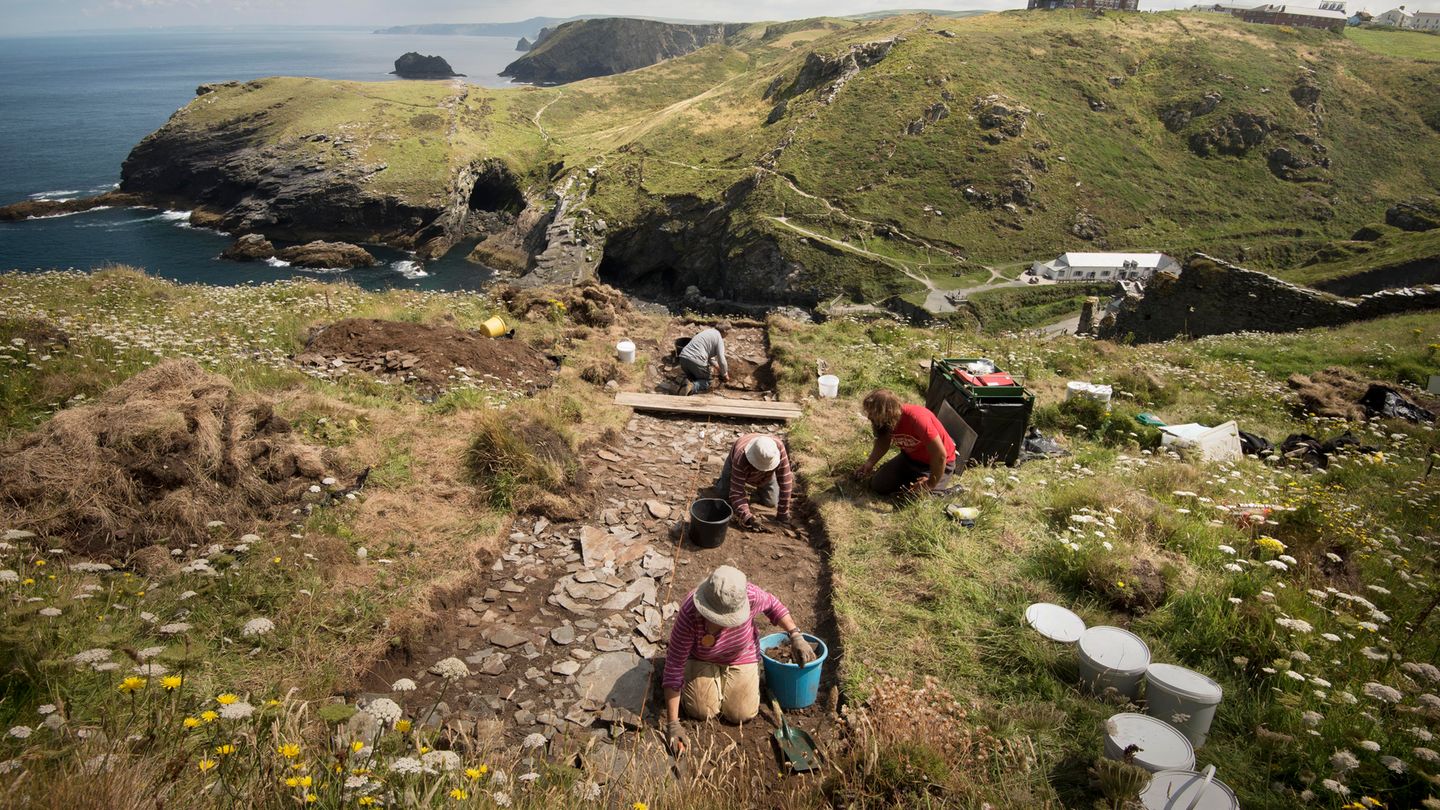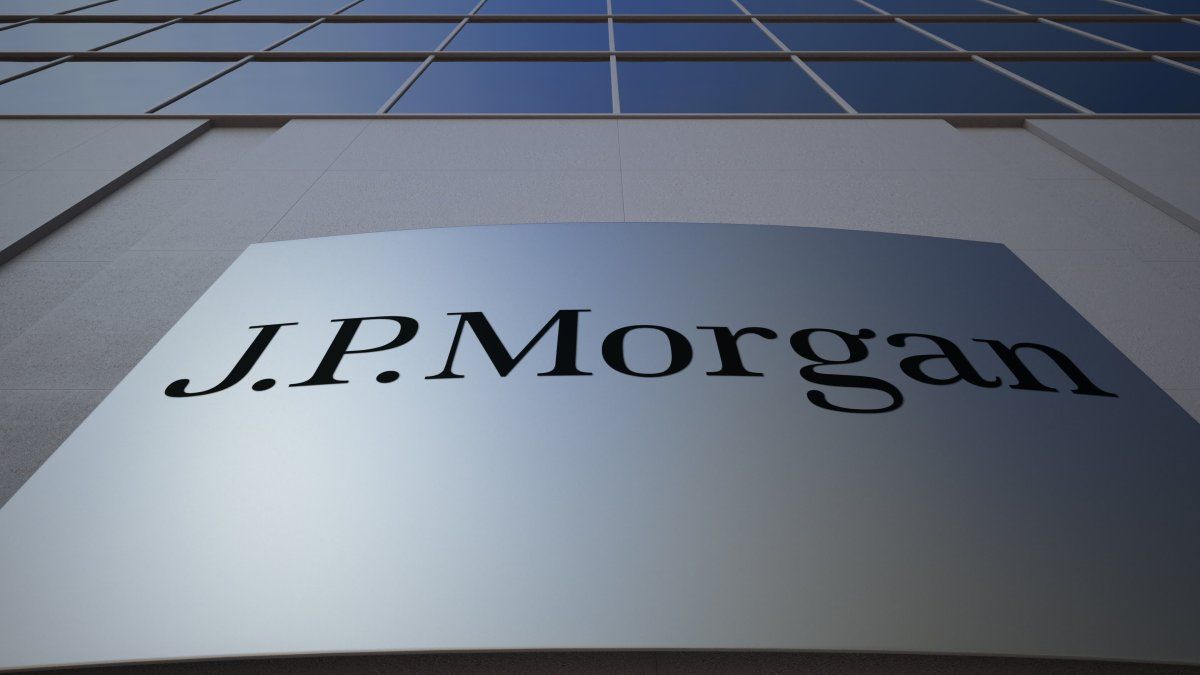For centuries, historians have puzzled over whether the legendary King Arthur really lived. In 2016, a castle was discovered in Cornwall that gave new impetus to the legend.
Many legends surround King Arthur. Who doesn’t know the stories about the legendary Round Table, the mighty magician Merlin and the faithless Queen Guinevere. But did King Arthur really exist? Historians disagree. A new find in Cornwall is heating up the debate again. At Tintagel, archaeologists from English Heritage have discovered the ruins of a royal palace dating back to Dark Ages Britain and believed to have been the seat of the rulers of the ancient south-western British kingdom of Dumnonia.
It is above all the location and the dating that raise the suspicion that the find could be the first historical Arthurian artefact. According to legend, the legendary king was conceived in Tintagel. The ruins of the palace that has now been excavated are also dated to the 5th or 6th century – exactly the time when King Arthur is said to have lived.
Tintagel Castle, part of which still stands today on the west coast of Cornwall and is still closely associated with the Arthurian myth, was built around 1230, centuries later. It was brought into play by the creator of the legend: Geoffrey of Monmouth, a clergyman who lived in the first half of the 12th century and was considered a confidant of the English royal family. His History of the Kings of Britain was published in 1138. In it, he wove fiction and fact together and, among other things, condensed the story of King Arthur.
Unique insights into a dark time
But regardless of whether the newly discovered royal palace at Tintagel was once the home of Arthur or not, the find is of immense historical importance. Because it is the first substantial building from the dark centuries that was discovered in Great Britain.
During the previous excavations, meter-thick walls, stairs and slate tiled floors were uncovered. The palace complex is relatively large. Two of the discovered buildings are about eleven meters long and four meters wide. Dozens of smaller artifacts have also been discovered, including late Roman amphorae, pieces of pottery and glass, and remains of fine tableware. These finds testify to the high social status of the former residents of the palace.
The historians expect the find to provide unique insights into a time about which little is known. For the events that took place between the departure of the Romans and the seizure of power by the Anglo-Saxons in Britain, there is little evidence.
Source: Stern
David William is a talented author who has made a name for himself in the world of writing. He is a professional author who writes on a wide range of topics, from general interest to opinion news. David is currently working as a writer at 24 hours worlds where he brings his unique perspective and in-depth research to his articles, making them both informative and engaging.




